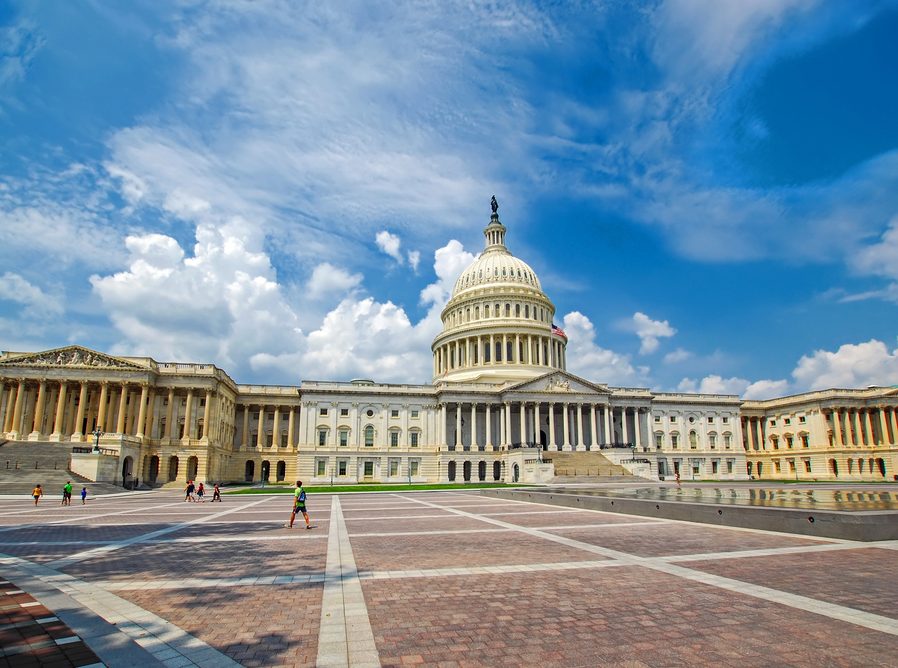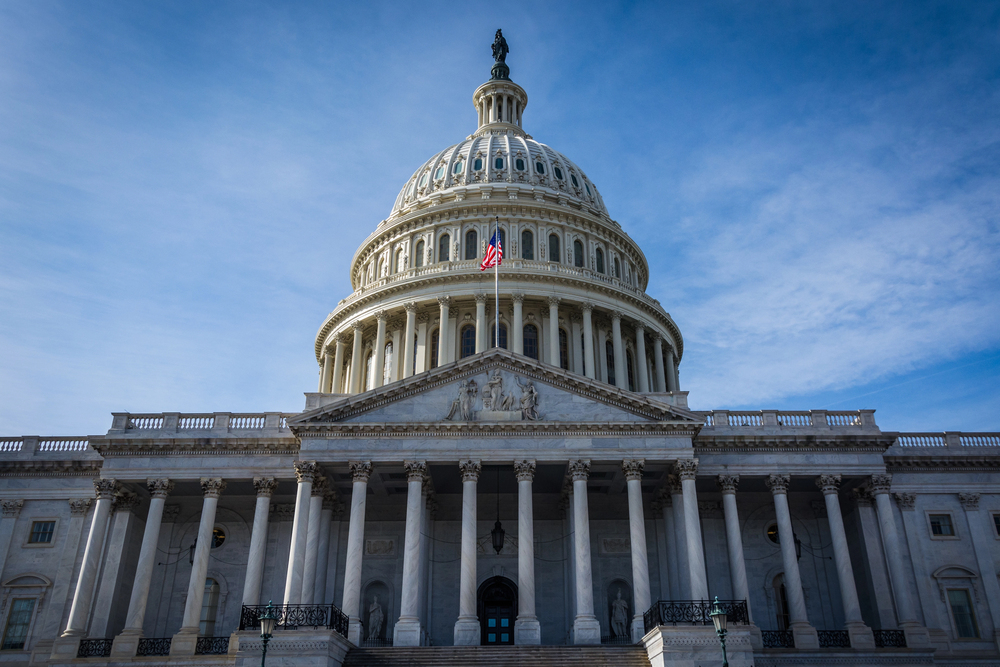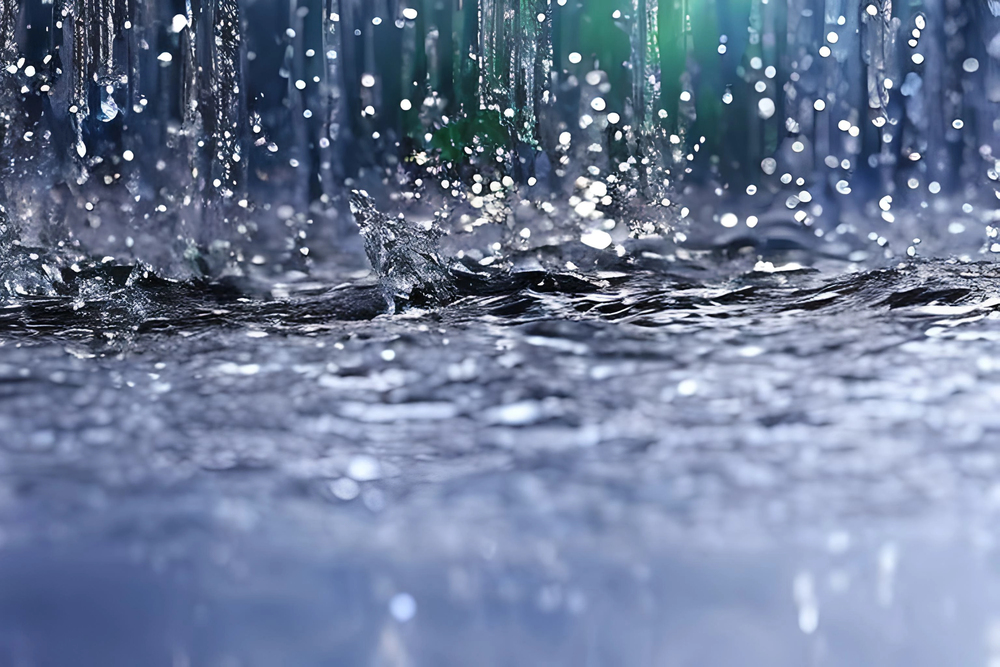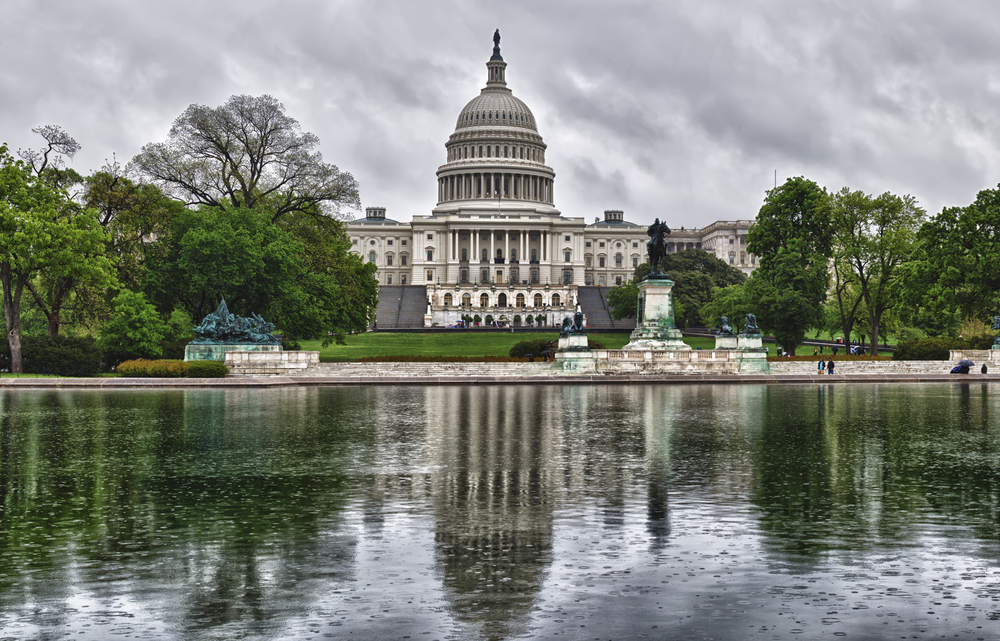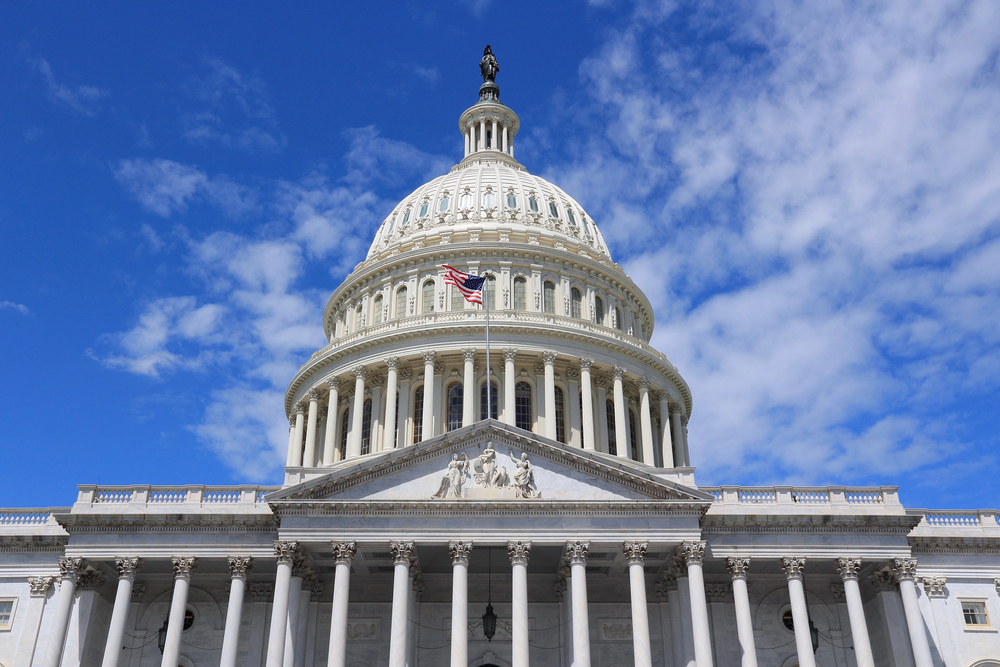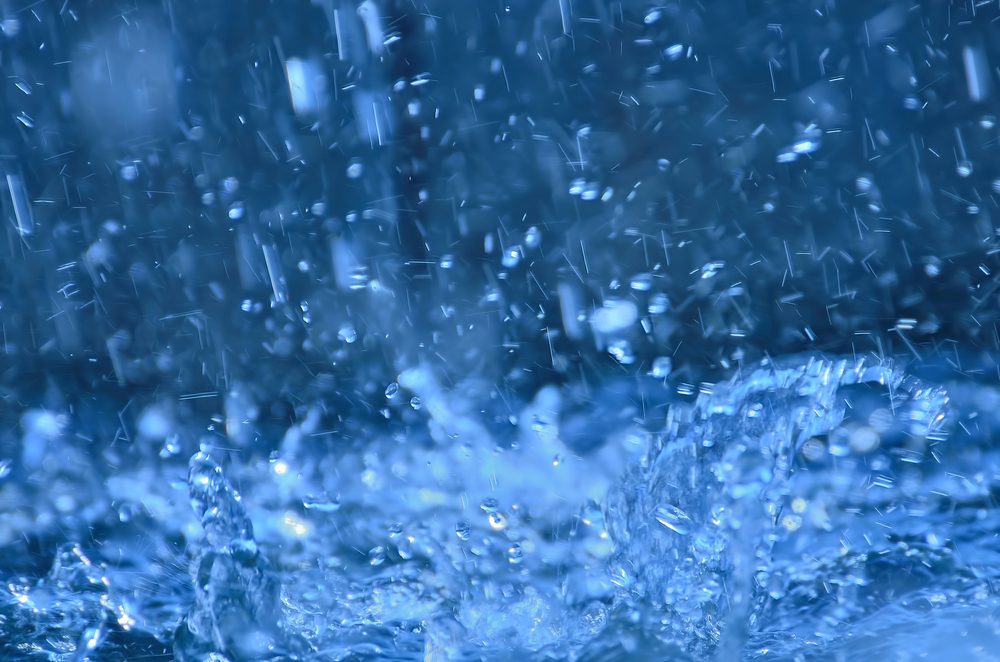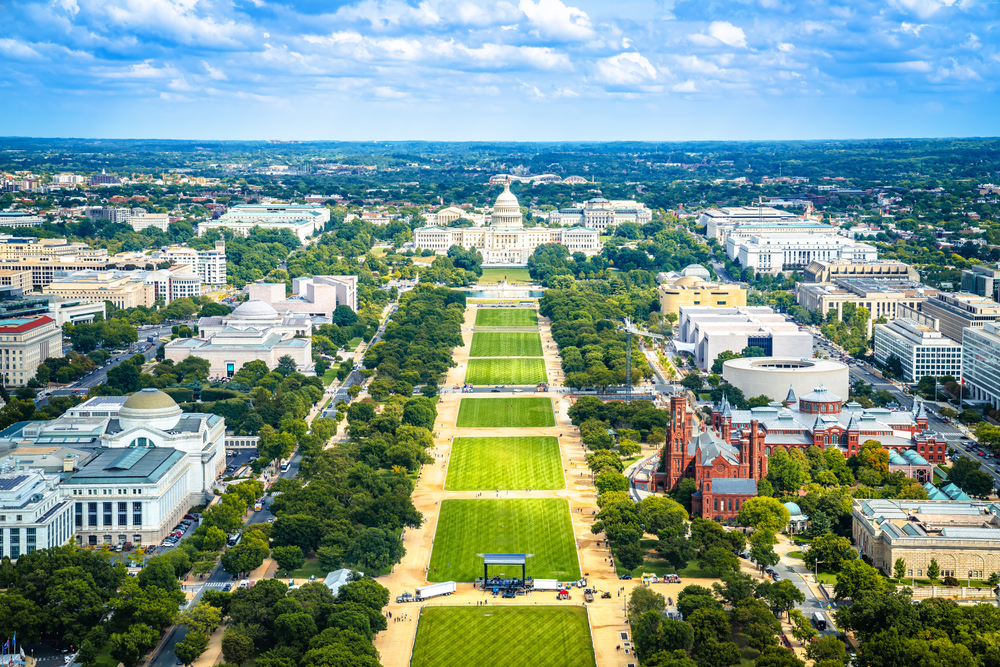Hurricane Ida: What We’ve Learned One Year Later
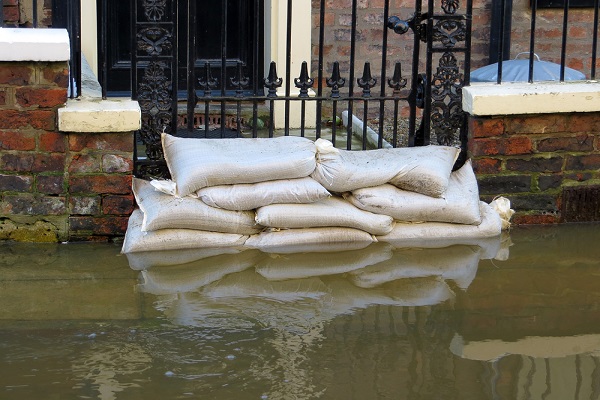
By: John Dickson
One year ago, Hurricane Ida crashed into the Louisiana coast as a powerful Category 4 storm. Instead of dissipating soon after making landfall like most storms, thissystem remained a major hurricane for nine hours, the Washington Post noted. Days later, its remnants were wreaking havoc more than a thousand miles away in the Northeast, prompting flash flood emergencies from Pennsylvania to New England, including the first flash flood declaration ever issued in New York City, according to the New York Times. Many experts say it was one of the worst urban flood disasters the Northeast has ever seen.
Insurance broker Aon observed that with at least $75 billion in damage, Hurricane Ida became the sixth costliest global tropical cyclone ever recorded. Tragically, the historic storm killed at least 82 people in the U.S., as reported by ABC News. Devastation from the catastrophic flooding remains today, with many communities struggling to rebuild after everything was destroyed.
Hurricane Ida taught the insurance industry a lot. It demonstrated the new reality we’re facing: storms are gaining strength and persistence, and they’re happening in unexpected places.
Hurricanes are maintaining their core energy farther inland and for much longer as the planet warms, thereby exposing more populations to flooding, according to a study published in 2020 by the scientific journal Nature. The study found that in the past five decades, the time it takes for a hurricane to weaken after landfall has increased by 94%.
We need to think critically about hurricane preparation and recovery and consider the following: you don’t need to live along the coastline to experience disastrous flooding; it’s not limited only to land touching salt water; and just because you didn’t flood yesterday doesn’t mean you’re not going to flood tomorrow.
Because flooding can happen anytime, anywhere and to anyone, agents must look beyond designated FEMA flood zones when talking to homeowners about their true flood risk. Unfortunately, as a society, many of us have adopted an “it won’t happen to me” mindset. We’ve decided that the only people who need flood insurance are the ones who live on the “wrong” side of a line on an outdated map drawn, in some cases, several decades ago.
Simply stated, where it rains it can flood. Hurricane Ida showed us that water does not stop at the artificial boundaries that define where flood insurance is required by federally backed lenders and where it is not.
Too often, we find that consumers think they can rely on their homeowners policies to cover losses from floods, only to discover they don’t. This is where agents can play a critically influential role in educating our communities about flood exposure. Now more than ever, they must inform their clients about the importance of flood insurance to help them avoid sometimes disastrous surprises, especially as weather patterns change and we see more powerful tropical storms like Hurricane Ida.
The shortfall in flood education directly contributes to the magnitude of the flood protection gap that exists in our country. In 2021, flooding in the U.S. cost $7 billion in economic loss, but just $2.8 billion of that loss was insured, according to Aon. Today, only 27% of homes in the U.S. carry flood insurance, according to the Insurance Information Institute (Triple-I). When a homeowner doesn’t have adequate insurance, the exposure can be devastating.
As we look back on Hurricane Ida, we must remember flooding impacts everyone. It’s the most common and costliest disaster in the U.S., according to FEMA. As an industry, we must continue to invest in technology, risk management, mapping and innovation, so we can better quantify flood risks and underwrite and price those risks.
Our work is far from over. It’s up to us to find new ways to convey flood risk in a way that’s easy to understand, so everyone can think about what they can do to protect what matters most. For flood insurance to truly work, everyone must take part in the dialogue about flooding, and that discussion starts with independent agents.
John Dickson is president and CEO of Aon Edge, a leading private flood insurance provider.
This article is provided for general informational purposes only and is not intended to provide individualized advice.



